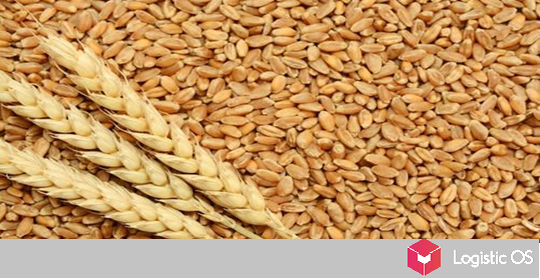The US Department of Agriculture in its June forecast adjusted the figures, increasing the expected wheat harvest in Russia by 3.5 million tons.
According to the US agency, this year Russia can harvest up to 85 million tons of wheat, excluding Crimea and new regions.
If it stays that way, that’s an 8% drop from last season, but it’s still 7% better than the average for the last 5 years.
The forecast for the collection of fodder grain is also raised, albeit slightly: by 0.1 million tons.
The yield in Russia should be about 3 tons per hectare, which is the usual value.
It is noteworthy that the Russian Ministry of Agriculture is much more pessimistic: he talks about 78 million tons of wheat, taking into account all regions.
The total grain harvest in the Russian Federation, according to the Russian department, may reach 123 million tons, which is significantly less than last year’s level, when this figure was more than 150 million tons.
Will there be problems with spring wheat?
According to USDA statistics, 61.5 million tons of winter wheat and 23.5 million tons of spring wheat are expected in Russia this year.
As you can see, the main share falls on winter crops, which is why the harvest forecast has been raised in the United States: according to the latest data, the weather situation has improved in the Southern Federal District of Russia.
But it is this district that gives the most winter wheat.
As for spring wheat, it is mainly grown in the Urals and Siberia.
And so already there is concern about the state of crops. They can be adversely affected by the weather, namely, drought and heat.
“The lack of precipitation is especially felt in the Urals and very strongly in the south of Western Siberia, this is accompanied by unbearable heat — plus 38-40 degrees,” says Roman Vilfand, scientific director of the Hydrometeorological Center of Russia.
All this can lead to the fact that in these regions the spring harvest will be much less than planned. But if the weather changes, then the situation can still be corrected.
In the Novosibirsk region, farmers have to face problems of about the same order.
As the Minister of Agriculture of the region Yevgeny Leshchenko noted, last week an emergency mode was introduced in four regions of the region due to soil drought.
Oil flax suffered the most, and spring cereals and perennial fodder grasses were also significantly damaged.
Overall, the USDA expects the world to produce 800 million tons of wheat this year, up 10 million tons from the previous season.

